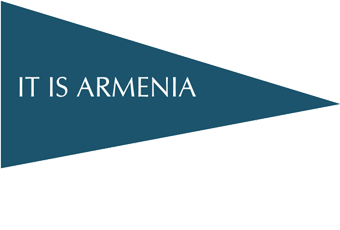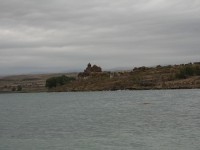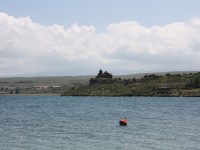Hayravank
Hayravank is located in the north-eastern side of the village Hayravank of Gegharkunik Marz (region), on the shores of the Lake Sevan. Back in the 4th century the Church of St. Stephanos was built here, which later got fourancle structure with a central dome and is considered a rare instance in Armenian architecture. It is built of basalt, and the arches and the dome with an octagonal drum are built of purely hewn tufa. However, there was a pagan temple in the territory of the monastery of Hayravank still thousands of years ago, which probability was dedicated to the goddess of water - Tsovinar (ancient Armenian mythology). There also were found traces of cyclopean fortress in the same place. The church was built in its present form in the late 9th century. Later, in 1211, the vardapets (teachers) of Hayravank, Hovhannes and Nerses, repaired the church, built a narthex (gavit) with two pilasters and an octagonal dome with an aperture, decorated with stalactites. There are gravestones and khachkars (cross-stones) of the 16th century in a fenced small courtyard of Hayravank and the ruins of outbuildings beyond the fence. Hayravank was a famous center of rewriting of ancient manuscripts in the Middle Ages. The monastery of Hayravank is also known as Mardagavnyats (pigeon-man), which is connected with a beautiful legend. According to it in 1381, during the invasion of Tamerlane, Hovhan, the abbot of Hayravank, with the relics of wooden cross of Christ, by the power of the cross transformed thousands of Armenians who had been captivated by the tyrant, in pigeons and liberated them.


















